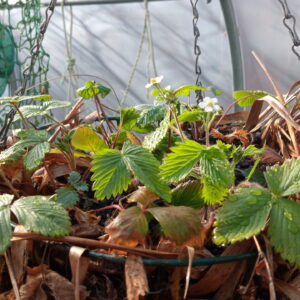Common plantain – Plantago major
£3.00
Information credit goes to PFAF
Plants are pick up only. No postage, sorry.
The plants will be given to you bare-rooted, wrapped in wet moss. You’ll have to transplant them when you arrive at home asap.
Edible:
Young leaves – raw or cooked. They are rather bitter and tedious to prepare because the fibrous strands need to be removed before use. It is best not to use the leaf-stalk since this is even more fibrous than the leaf. Many people blanch the leaves in boiling water before using them in salads in order to make them more tender.
Seed – raw or cooked
The seed can be ground into a meal and mixed with flour. It is very rich in vitamin B1. The whole seeds can be boiled and used like sago. The dried leaves make an acceptable tea.
Roots are edible too, but I don’t yet know how.
Common plantain is a safe and effective treatment for bleeding, it quickly staunches blood flow and encourages the repair of damaged tissue. The leaves are astringent, demulcent, deobstruent, depurative, diuretic, expectorant, haemostatic and refrigerant. Internally, they are used in the treatment of a wide range of complaints including diarrhoea, gastritis, peptic ulcers, irritable bowel syndrome, haemorrhage, haemorrhoids, cystitis, bronchitis, catarrh, sinusitis, asthma and hay fever. They are used externally in treating skin inflammations, malignant ulcers, cuts, stings etc. The heated leaves are used as a wet dressing for wounds, swellings etc. The seeds are used in the treatment of parasitic worms. Plantain seeds contain up to 30% mucilage which swells up in the gut, acting as a bulk laxative and soothing irritated membranes. Sometimes the seed husks are used without the seeds. A distilled water made from the plant makes an excellent eye lotion.
Always take advice from a certified herbalist before taking herbal remedies.
More information is here.
3 in stock
-
Rubha Rocks (RR) - MYC
-
Pound sterling (£) - GBP
Sold By: Herbalist












